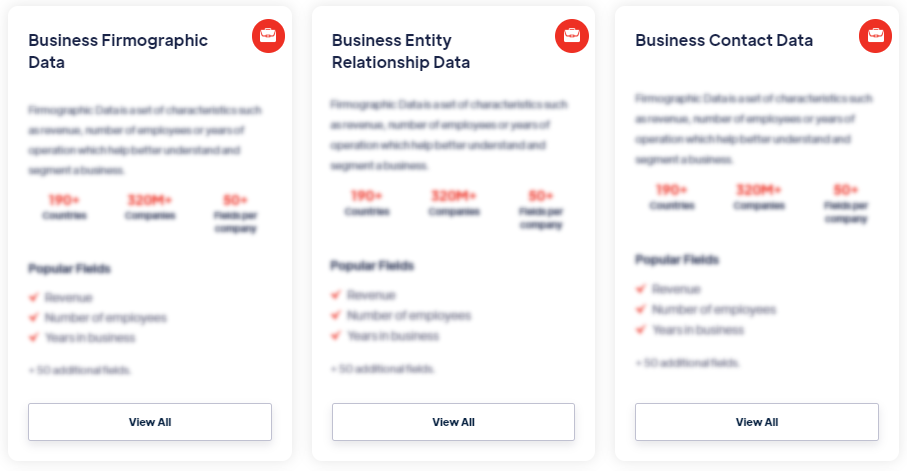Best
Public Transit Data
Products
Public Transit Data refers to information related to public transportation systems, including routes, schedules, fares, real-time vehicle locations, passenger counts, and other relevant data. Read more
Our Data Integrations


Request Data Sample for
Public Transit Data

Browse the Data Marketplace

Frequently Asked Questions
1. What is Public Transit Data?
Public
Transit Data refers to information related to public
transportation systems, including routes, schedules, fares,
real-time vehicle locations, passenger counts, and other
relevant data.
2. What are the advantages of using Public Transit Data?
The advantages of using Public Transit Data include improved
service efficiency, enhanced passenger experience, data-driven
decision-making, service optimization, and reduced congestion
and environmental impact.
3. What are the challenges associated with working with
Public Transit Data?
Working with public transit data poses challenges such as data
integration, quality and consistency, privacy and security,
accessibility and availability, and data governance.
4. How do public transit organizations acquire Public Transit
Data?
Public transit organizations acquire data through internal
collection systems, partnerships and collaborations, open data
initiatives, data sharing agreements, and surveys and feedback
mechanisms.
5. How is Public Transit Data used?
Public
Transit Data is used for service planning, real-time information
provision, performance monitoring, fare optimization, and
transport modeling.
6. What is the significance of Public Transit Data in urban
transportation?
Public transit data plays a crucial role in optimizing public
transportation services, providing real-time information to
passengers, monitoring service performance, and supporting
evidence-based planning and policy-making in urban
transportation.
7. What are some common sources of Public Transit Data?
Common sources of Public Transit Data include automated vehicle
location systems, fare collection systems, passenger counting
systems, and other data collection mechanisms used by public
transportation agencies.
